Dubious overtakes, multi-car crashes and reversing in the pitlane – The F1 drivers that have been handed a race ban
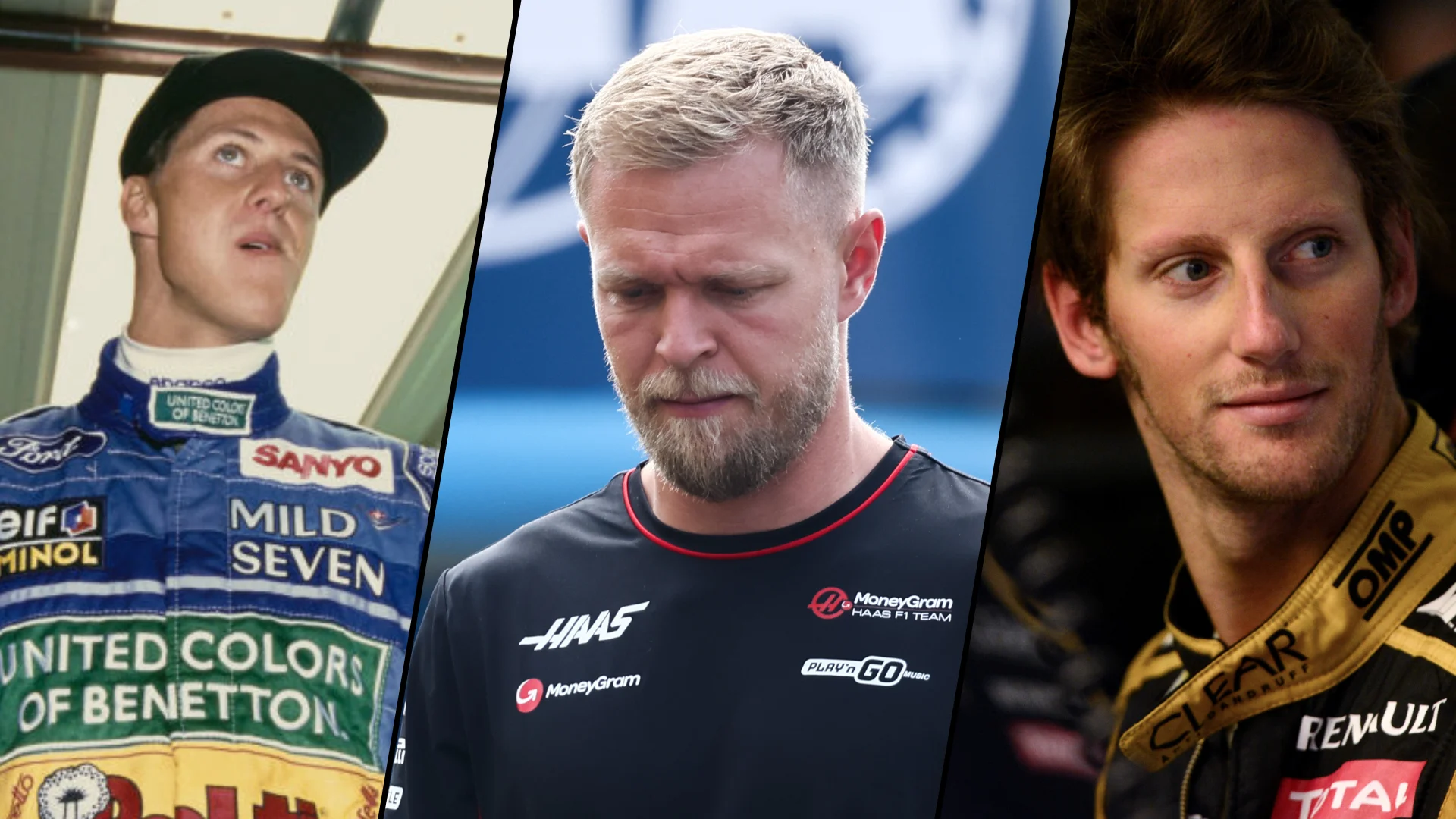
A race ban is a particularly rare and severe penalty for a driver to face, so much so that only a handful have ever been given one in F1 history.
Following the news that Kevin Magnussen will sit out the Azerbaijan Grand Prix after tallying up the maximum number of penalty points this year, here’s a rundown of the exclusive group of temporarily banned F1 drivers that no one wants to be part of.
READ MORE: Magnussen banned for Azerbaijan Grand Prix after being penalised for Gasly clash in Monza
Kevin Magnussen – 2024
The Haas competitor amassed the maximum 12 penalty points over the 2024 season, with the tipping point coming at the Italian Grand Prix when he made contact with Pierre Gasly. An overtake attempt led to Magnussen locking up and colliding with the French driver, with the FIA handing him a 10-second penalty and two further penalty points.
Speaking before the ban was confirmed, the Dane said that the punishment “makes zero sense”, pointing out that neither car was damaged and it was a simple consequence of the two cars racing each other.
The other 10 penalty points that contributed to his one-race ban came in:
Saudi Arabia – Caused a collision with Alex Albon (three points)
China – Caused a collision with Yuki Tsunoda (two points)
Miami Sprint – Left the track multiple times while racing Lewis Hamilton (three points)
Miami Grand Prix – Caused a collision with Logan Sargeant (two points)
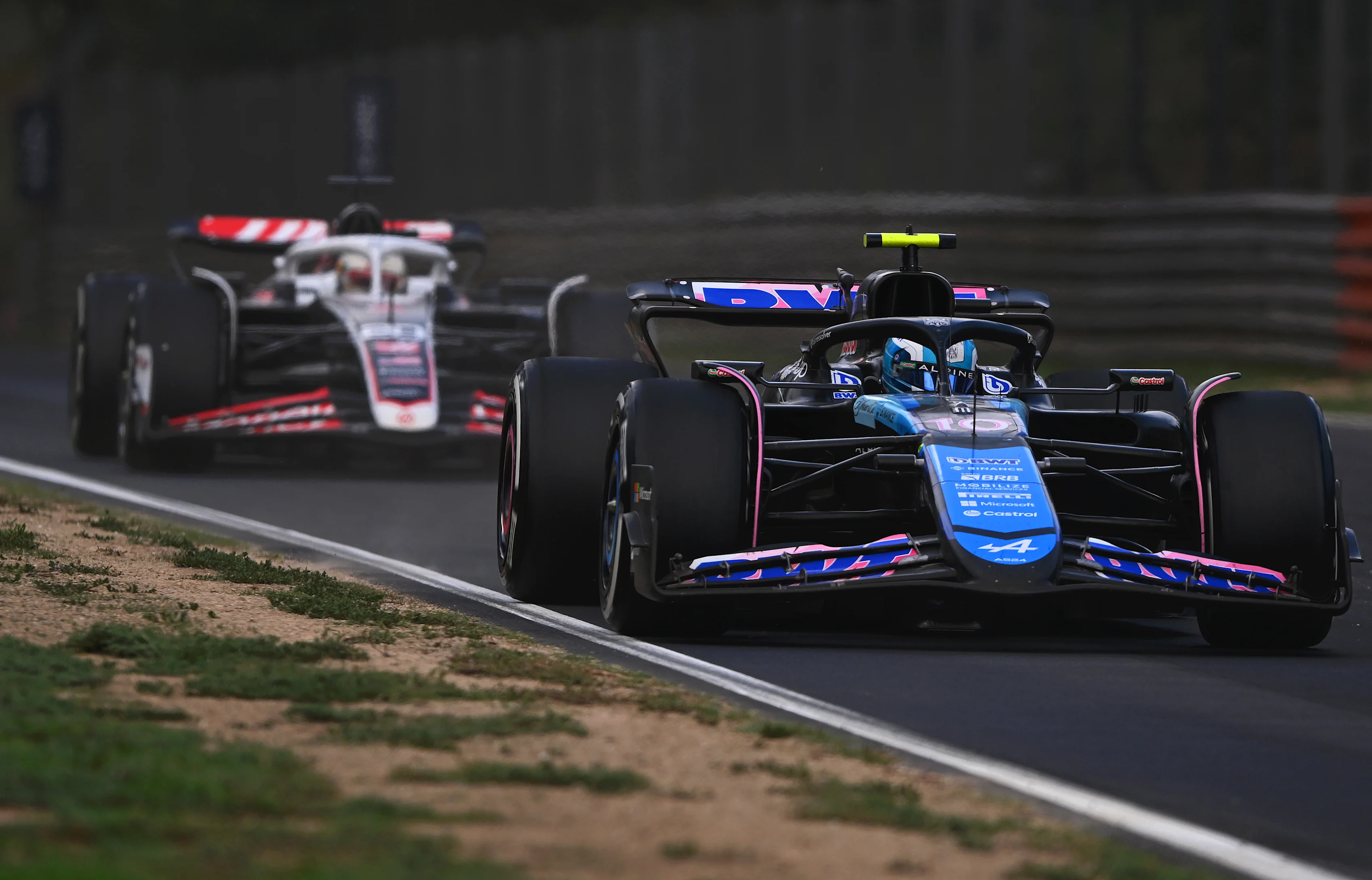
Romain Grosjean – 2012
Magnussen has joined his former Haas team mate in receiving a race ban, with Grosjean granted one back in 2012 for an incident at the Belgium Grand Prix.
Then racing for Lotus, the Frenchman moved across on the McLaren of Lewis Hamilton, forcing the Briton onto the grass on the opening lap. The two then collided pretty severely, collecting Fernando Alonso and both Saubers on their way to La Source as Grosjean was launched into the air.
LIGHTS TO FLAG: Romain Grosjean on Renault, Haas, that crash – and swapping F1 for racing in America
The chaotic first lap was deemed to be Grosjean’s fault, especially as it “eliminated leading championship contenders from the race” and was “an extremely serious breach of the regulations”, according to a note published by the race officials.
The Lotus driver was subsequently banned from the following week’s Italian Grand Prix and the team brought in reserve driver Jerome d’Ambrosio as his replacement.
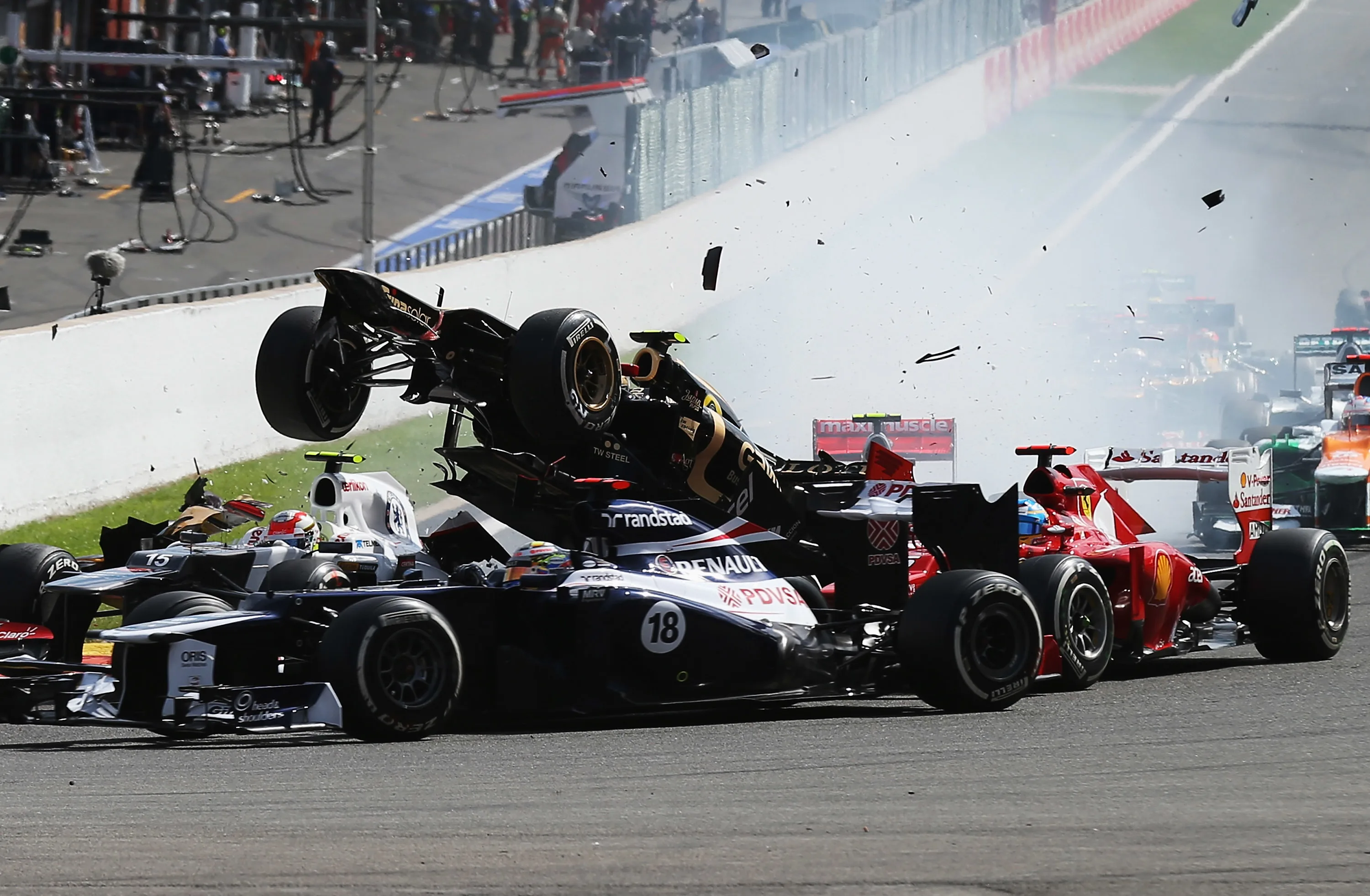
Jacques Villeneuve – 1997
World champions are definitely not immune to race bans, as several drivers on this list can attest to. Despite winning the title in 1997, Villeneuve also suffered a race ban in the same season that threw his victory chances into jeopardy.
Heading into the Japanese Grand Prix, the Canadian needed to take just one point off his rival Michael Schumacher in order to secure the championship, having outscored him by 20 points to one over the previous two races.
Accelerating out of Spoon Curve during a practice session, Villeneuve failed to slow for the yellow flags that were to alert the drivers to Jos Verstappen’s stranded car. He was not the only one, as five others including Schumacher and Rubens Barrichello also ignored the warnings, leading to all of them being handed a suspended race ban.
But as the Williams racer had already committed the same offence on three earlier occasions, his ban was brought forward to the next event, which happened to be the Suzuka race held the following day.
His team lodged an appeal and, with no time to organise a hearing, Villeneuve was permitted to take part despite being banned, going on to finish in fifth place. The FIA finally rejected the appeal nine days later, erasing the two championship points that he gained in the race.
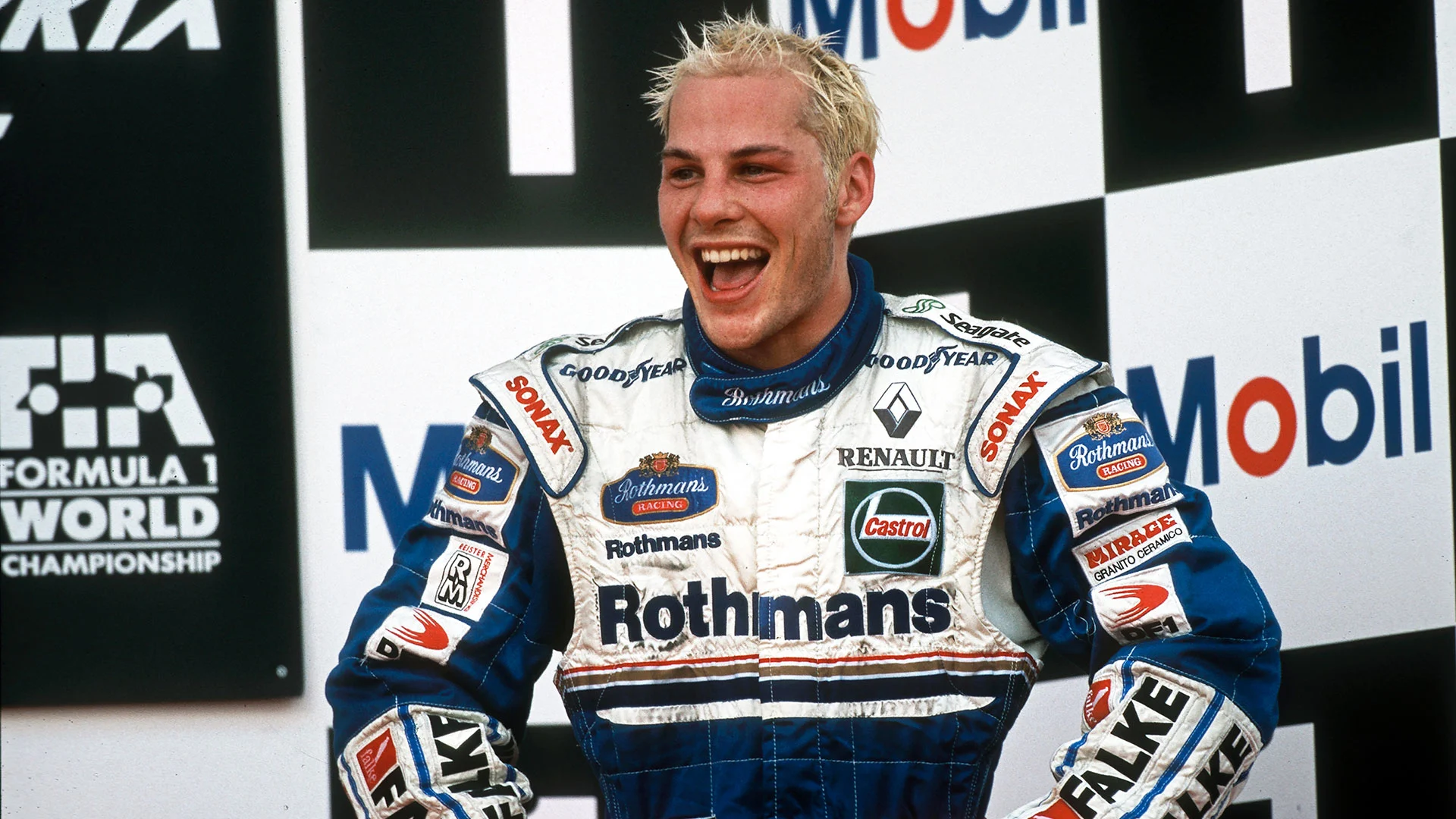
Michael Schumacher – 1994
He may have been one of the greatest to ever do it, but even seven-time champion Schumacher suffered as a result of his unwavering driving style.
Complaining that Damon Hill was driving too slowly, the German overtook him on the formation lap at Silverstone in 1994, receiving a five-second stop-go penalty later in the race. Benetton told him to ignore it while they launched an appeal, meaning Schumacher stayed out and was shown the black flag for failing to serve the penalty, sending him back to the pits.
BEYOND THE GRID: Inside Michael Schumacher’s final, and most dominant, World Championship
His team continued to negotiate the punishment and instructed Schumacher to carry out the five-second penalty before rejoining the race. This bold move backfired massively as he was ultimately disqualified for ignoring the black flag and was handed a further two-race ban.
Once again, Benetton appealed the decision, so Schumacher was permitted to continue racing whilst the officials’ decision was pending. They eventually upheld the penalty after three races, leading to him missing the Italian and Portuguese Grands Prix.
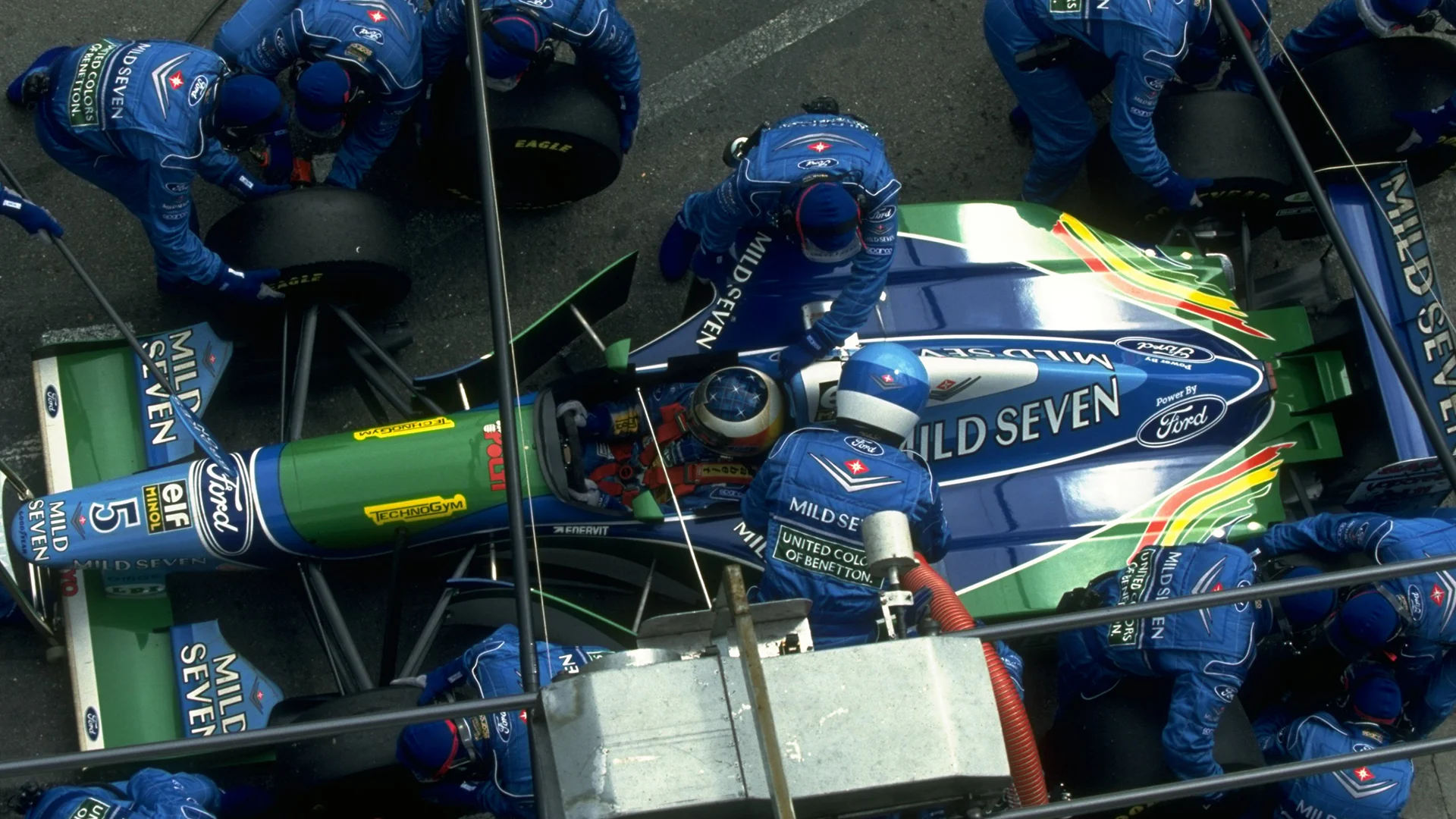
Mika Hakkinen – 1994
The double world champion’s career was not without its fair share of incidents, including a last-lap collision with Barrichello at the 1994 British Grand Prix. The ensuing race ban added to an already torrid season for the Finn as he had already endured six retirements.
TREMAYNE: Remembering Hakkinen’s hurt and Jordan’s joy – 25 years on from a dramatic day at Monza
The ban was suspended for three races but was quickly enforced at the following event at Hockenheim, after Hakkinen crashed into the Williams of David Coulthard. His audacious manoeuvre sent him sideways into the barriers as he collected a number of other cars, prematurely ending their Sunday.
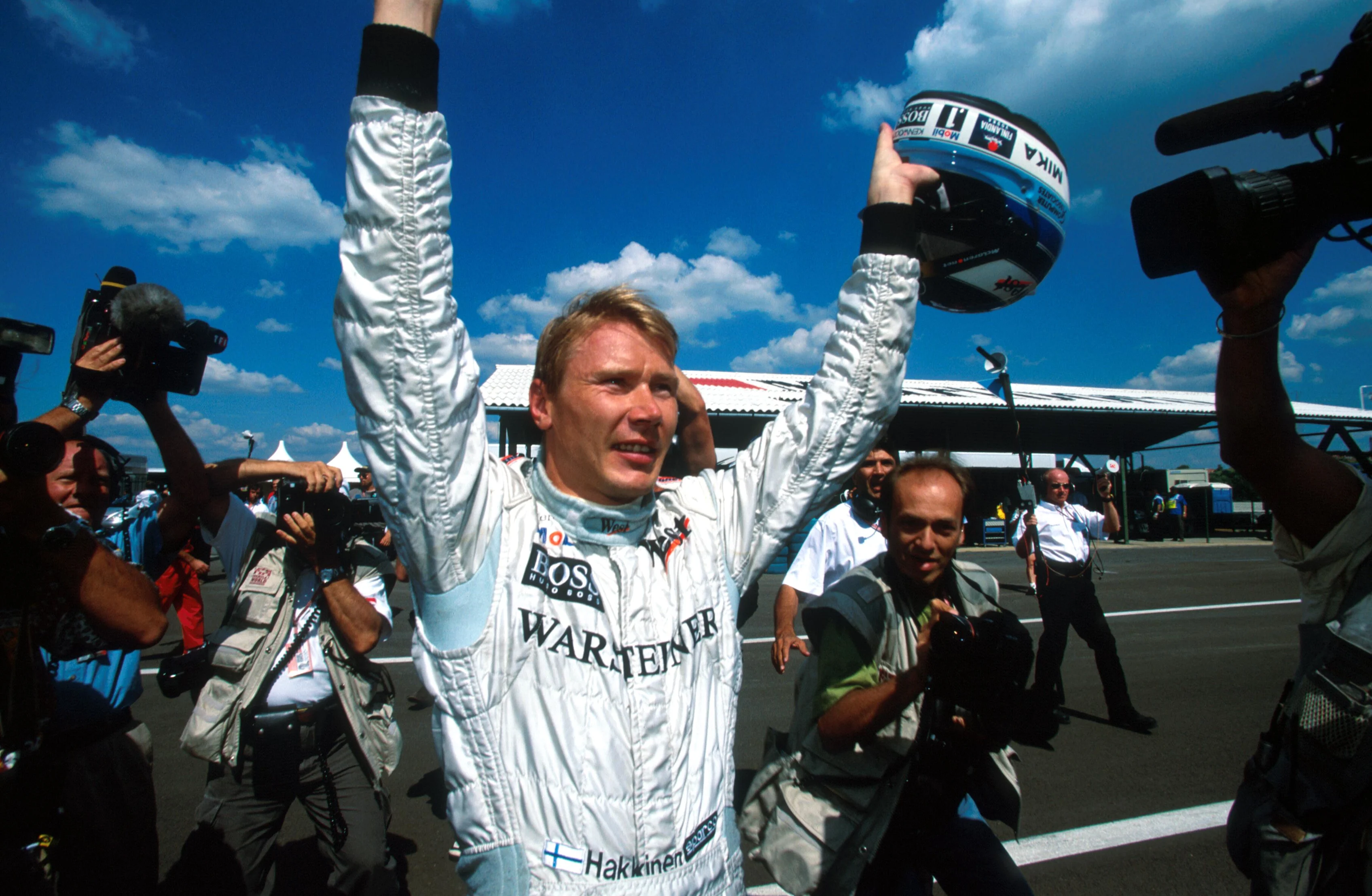
Eddie Irvine – 1994
1994 was a popular season for race bans, with Irvine forced to sit out of a colossal three events.
At 28 years old, Irvine had only started three races before he was banned after a four-car crash at the Brazilian Grand Prix, for which he was held responsible. With Martin Brundle's McLaren suffering an engine, the Jordan driver swerved and ended up pushing Jos Verstappen onto the grass.
Verstappen spun off, hitting Eric Bernard and Brundle before going airborne and completing a full 360° roll – amazingly, no one was injured, but Irvine was given a one-race ban.
That could’ve been the end of it, but Jordan went on to appeal the verdict, something they would later come to regret. The FIA not only rejected the appeal, but doubled down on their punishment, increasing the penalty to three races instead of the original one.
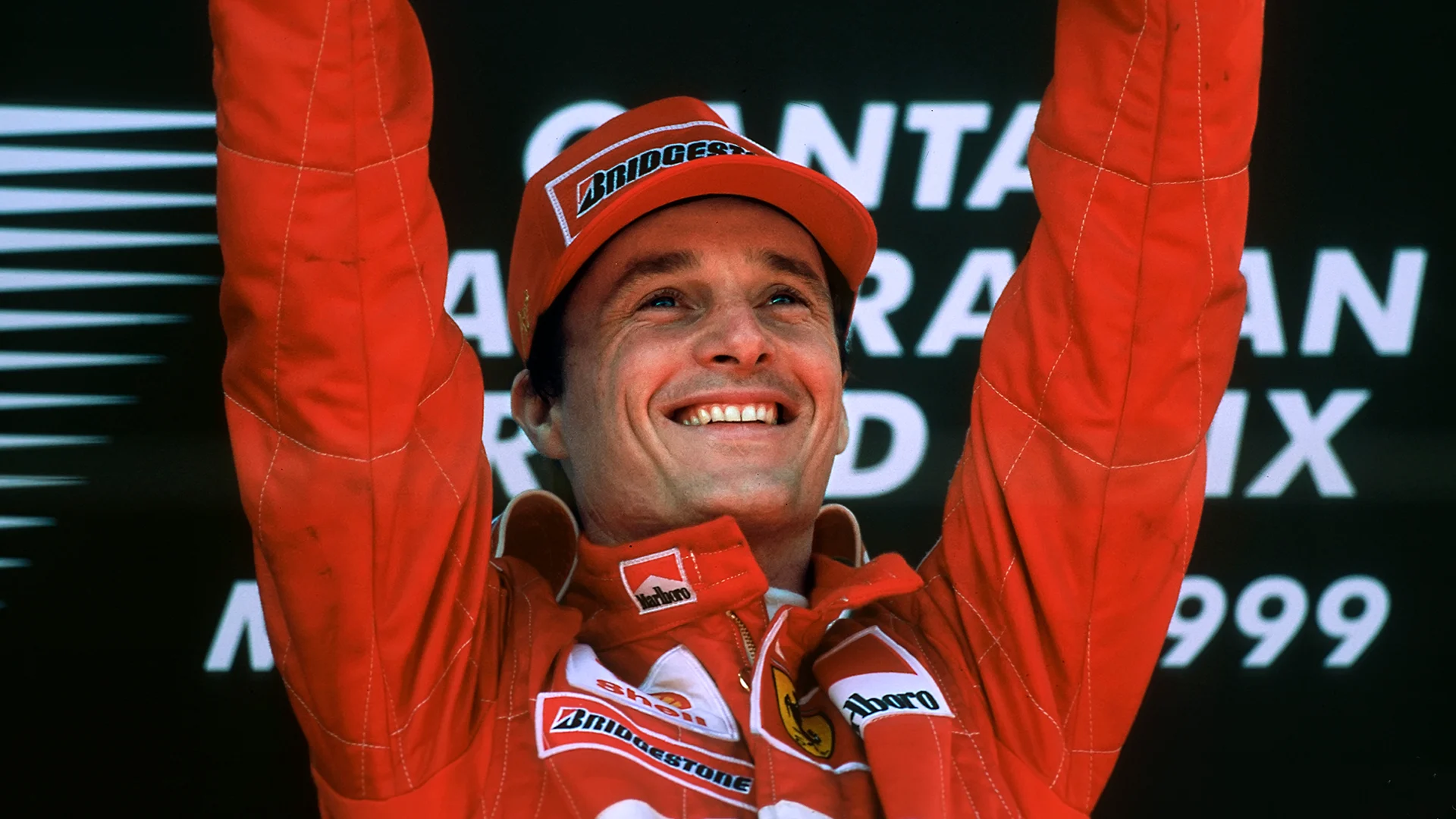
Nigel Mansell – 1989
Ferrari’s ‘Il Leone’ let the regulations slip from his mind at the 1989 Portuguese Grand Prix held at Estoril.
After building up an emphatic 20-second lead over his Ferrari team mate Gerhard Berger, Mansell finally headed in for a tyre change after 40 laps. Rushing to the pits, the Briton overshot his mark by a whole car’s length and reversed back to his pit crew – a forbidden move that brought out the black flag once he rejoined the track.
Ignoring the warning, Mansell focused a bit too much on pursuing the McLaren of Ayrton Senna, lunging at him at the first corner and taking both out of the race. The mayhem netted him a $50,000 fine and a race ban, forcing him to miss the subsequent Spanish Grand Prix.
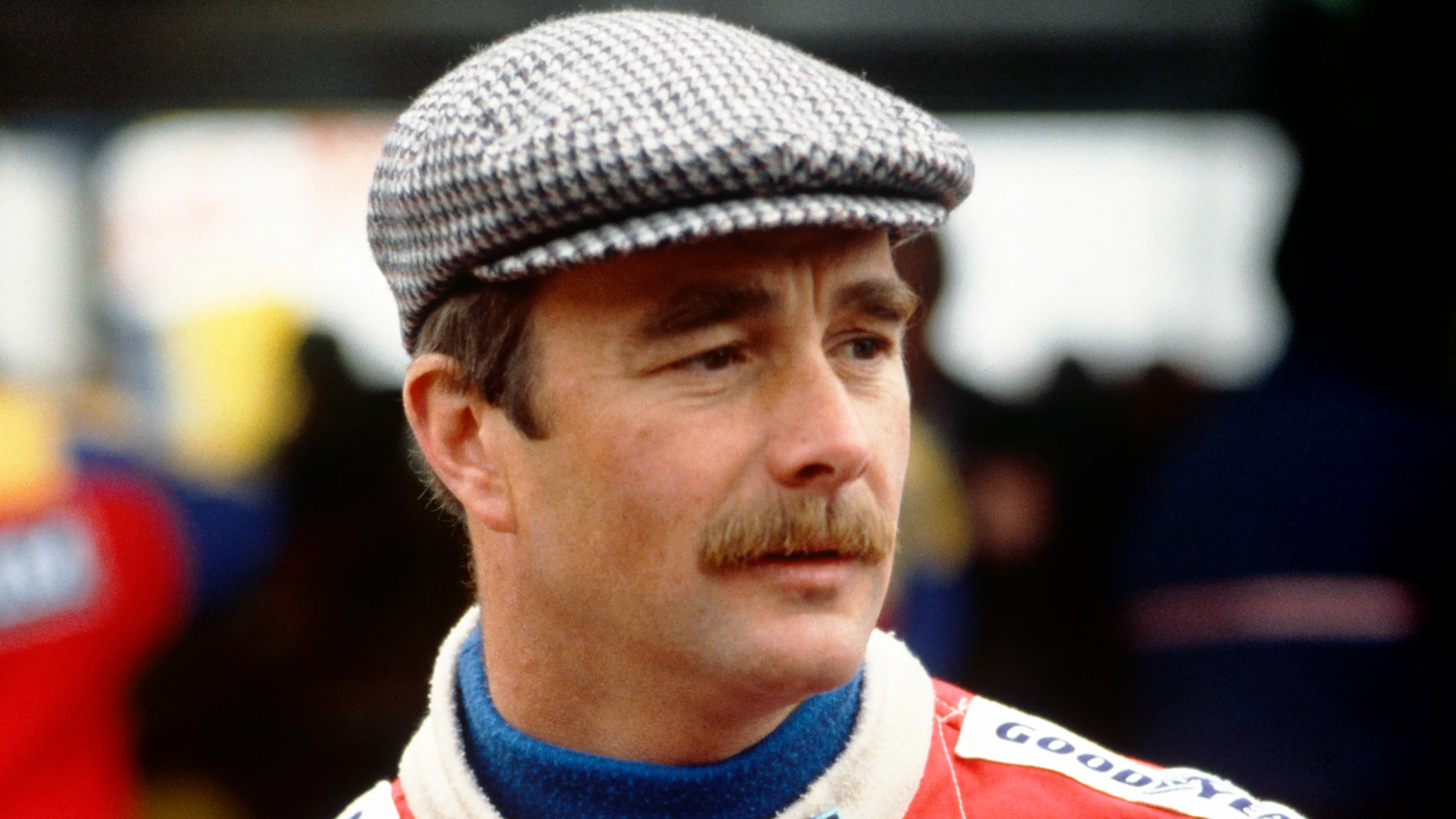
Riccardo Patrese – 1978
Patrese achieved veteran status after spending an impressive 16 years competing in F1, but his vast experience came after several seasons of what was then regarded as aggressive driving during his stint at Arrows.
It came to a head at the 1978 Italian Grand Prix, when a 10-car crash on the opening lap was blamed on Patrese after he attempted to overtake James Hunt as he rejoined the track. Contact between the two brought Ronnie Peterson into the mix, whose Lotus was propelled into the barriers and caught fire whilst an additional seven drivers also got caught up in the incident.
The race was halted and Peterson was rescued from his car – he had suffered severe injuries to his legs, but they were not inherently life threatening. Once in hospital, however, he was diagnosed with an embolism and tragically passed away the following morning.
Spurred into action, an alliance of top drivers – Hunt, Niki Lauda, Mario Andretti, Emerson Fittipaldi, and Jody Scheckter – told the organiser of the upcoming United States Grand Prix that they would refuse to take part unless Patrese was banned. The race eventually went ahead as the 24-year-old was prohibited from driving, although he sought to overturn the decision by reaching out to a local judge.
Next Up
Related Articles
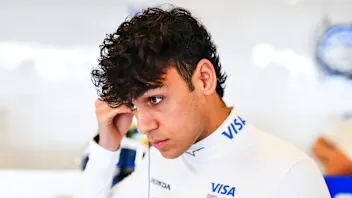 Marko ‘believed in me when others didn’t’ – Lindblad
Marko ‘believed in me when others didn’t’ – Lindblad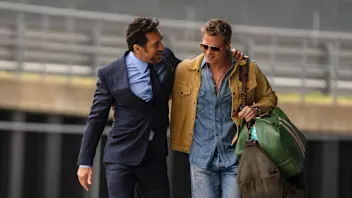 10 ways to get your Formula 1 fix during the winter break
10 ways to get your Formula 1 fix during the winter break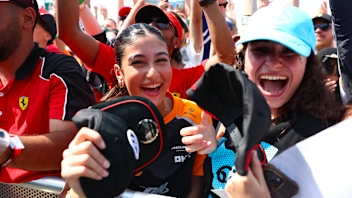 Formula 1’s record-breaking 2025 season in numbers
Formula 1’s record-breaking 2025 season in numbers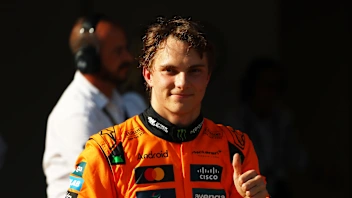 Piastri reveals lessons that will ‘only make me stronger’
Piastri reveals lessons that will ‘only make me stronger’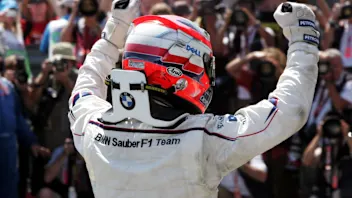 Tremayne'Why I’ll always have a soft spot for Sauber'
Tremayne'Why I’ll always have a soft spot for Sauber'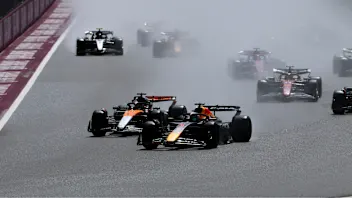 REVEALED: Your favourite race of the 2025 season
REVEALED: Your favourite race of the 2025 season